Neuro-therapeutic Arts Foundation
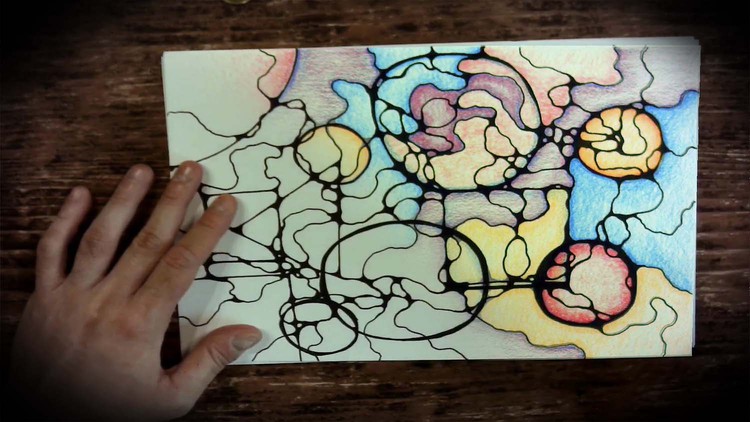
Why take this course?
Based on the information provided, it appears that Neurographica is an integrative method that combines art and cognitive psychology to facilitate various positive outcomes. The technique leverages the brain's plasticity and its ability to store and reorganize memories through the use of metaphors and symbols drawn by hand. Here's a summary of how it works:
-
Pattern Recognition: Our brains are adept at recognizing patterns, including those associated with familiar metaphors or symbols. Neurographica taps into this capability by using these patterns as a trigger for new learning or emotional processing.
-
Neuroplasticity: The brain's ability to reorganize itself by forming new neural connections throughout life. Neurographica engages this process by creating new associations and meanings through the act of drawing, thus potentially creating new neuronal patterns.
-
Habit Formation: Through repetition, the technique can become automatic (habitual), requiring less conscious effort over time, which is a principle known as "Automaticity."
-
Stress Reduction: The process of drawing and focusing on certain metaphors or symbols can lead to relaxation and stress relief, potentially by engaging the body's relaxation response.
-
Emotional Processing: By associating new meanings with familiar visual cues, users can engage in a form of emotional processing that may help resolve negative emotions or traumas.
-
Cognitive Enhancement: Engaging the brain through creative activities like drawing has been shown to enhance cognitive function and can stimulate the growth of new neurons and neural pathways.
-
Meditative State: The focused state required for drawing can induce a meditative state, which is beneficial for mental clarity and emotional balance.
-
Art as Therapy: Creating art can be a therapeutic tool that helps individuals express themselves and confront issues in a safe and controlled environment.
-
Manifestation through Resonance: The process of anchoring thoughts or desires into the act of drawing may facilitate a form of resonance, where the intention behind the drawing aligns with the user's aspirations or goals.
-
Cognitive Development: The method can aid in cognitive development by providing a novel way to approach learning and problem-solving.
The references provided support the scientific basis for some of these claims, particularly regarding the brain's ability to learn through repetition (automaticity), pattern recognition, and neuroplasticity. However, while Neurographica may offer therapeutic benefits and cognitive enhancements, it is important to approach any such method with a critical eye, recognizing that individual experiences can vary greatly.
In practice, Neurographica could be used as a personal development tool, a therapeutic intervention, or as an educational aid. It is a testament to the multifaceted nature of the human brain and our ability to harness its potential through creative and mindful practices.
Course Gallery
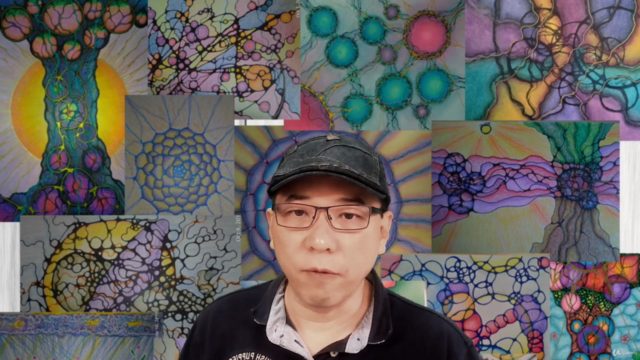
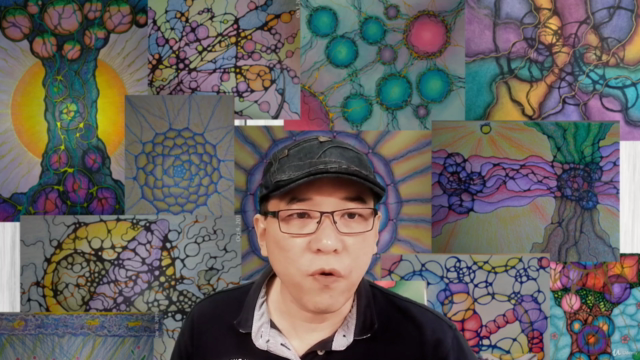
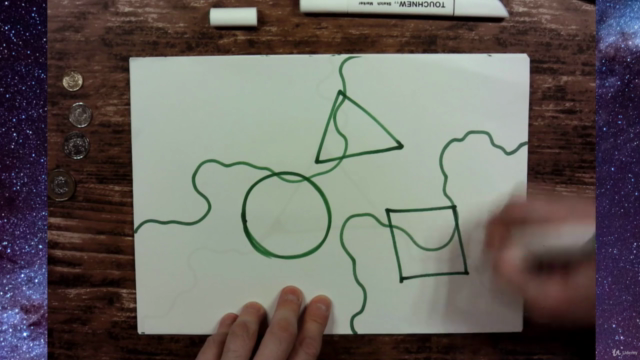
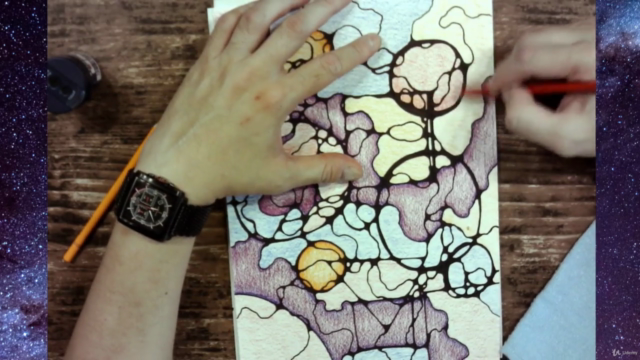
Loading charts...